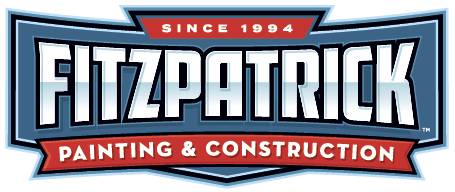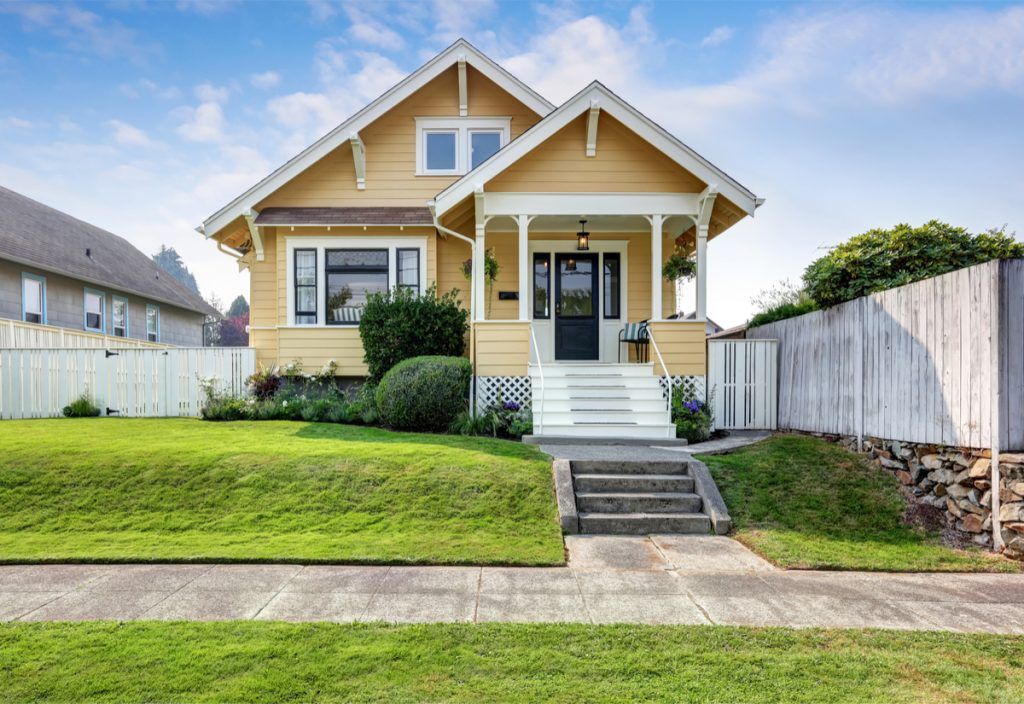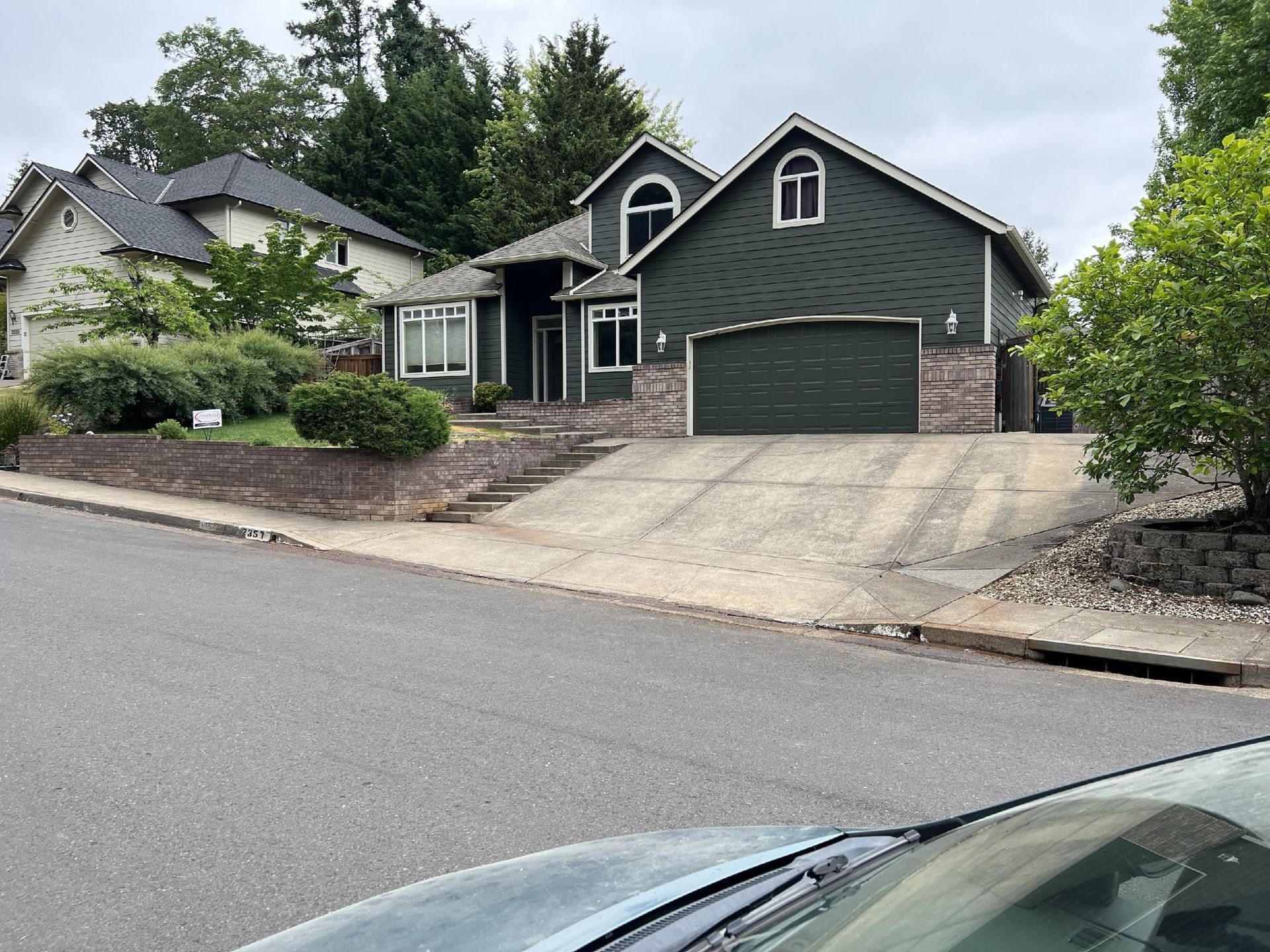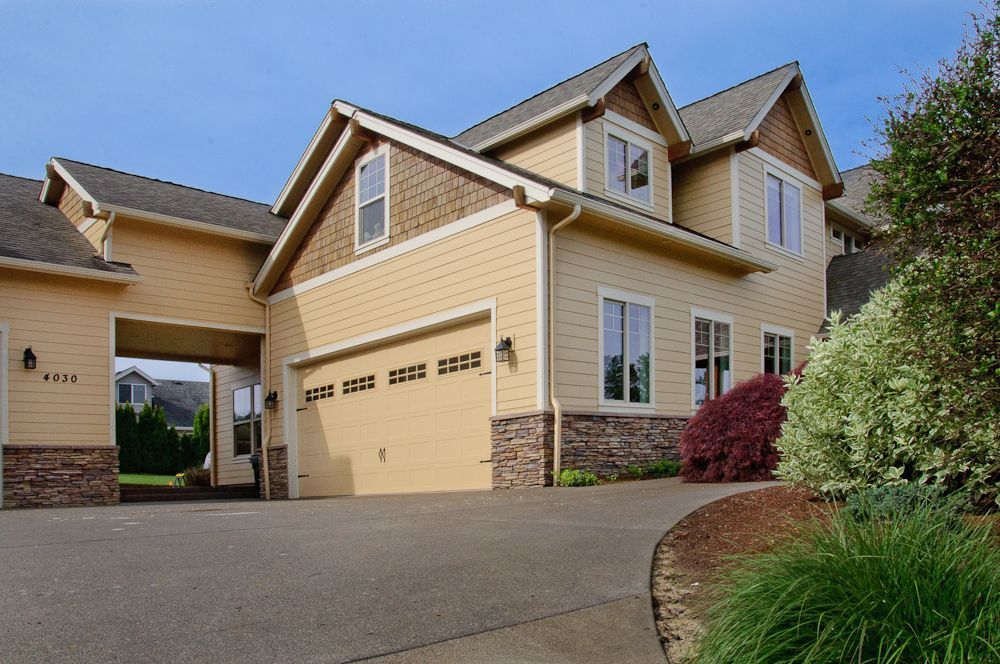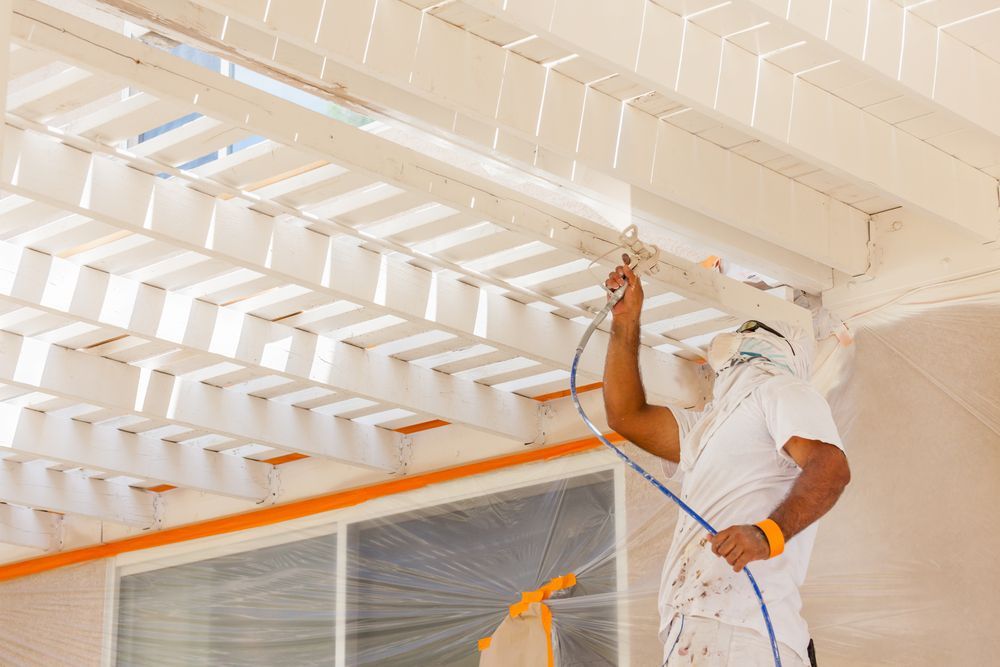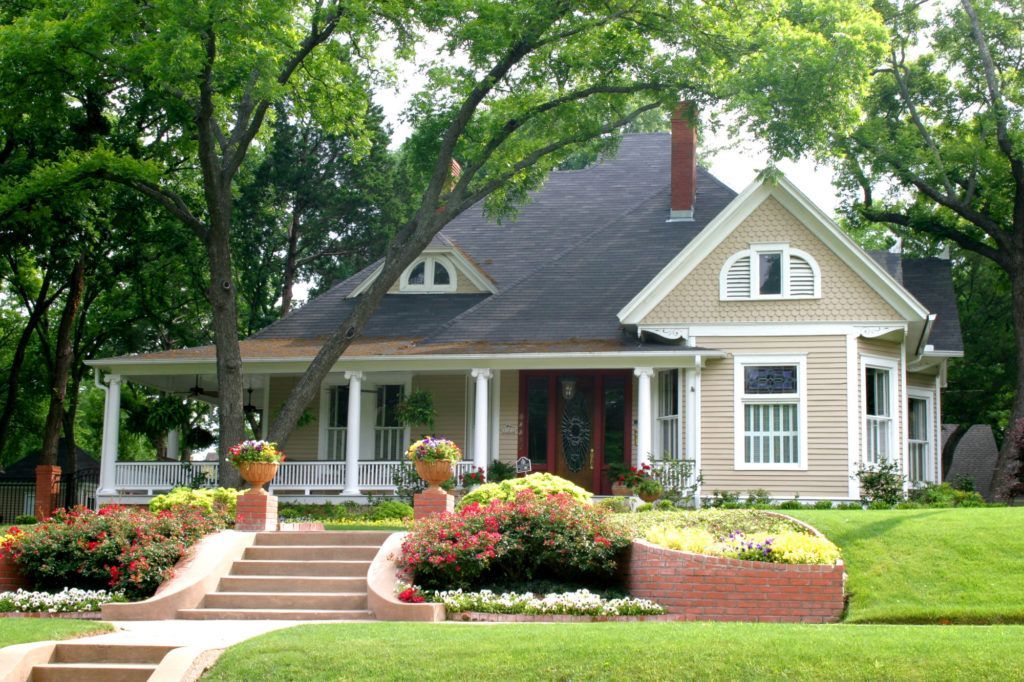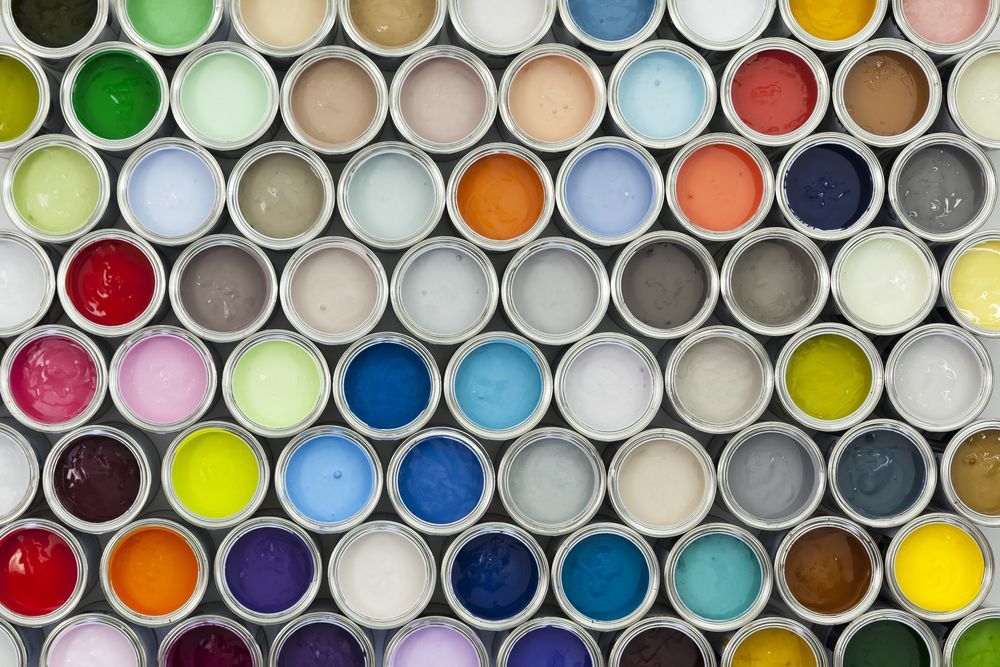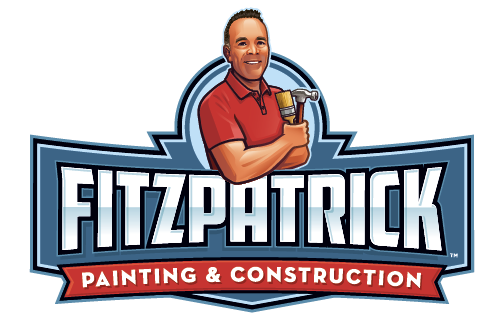Residential Interior Design 101: Learn the Basics
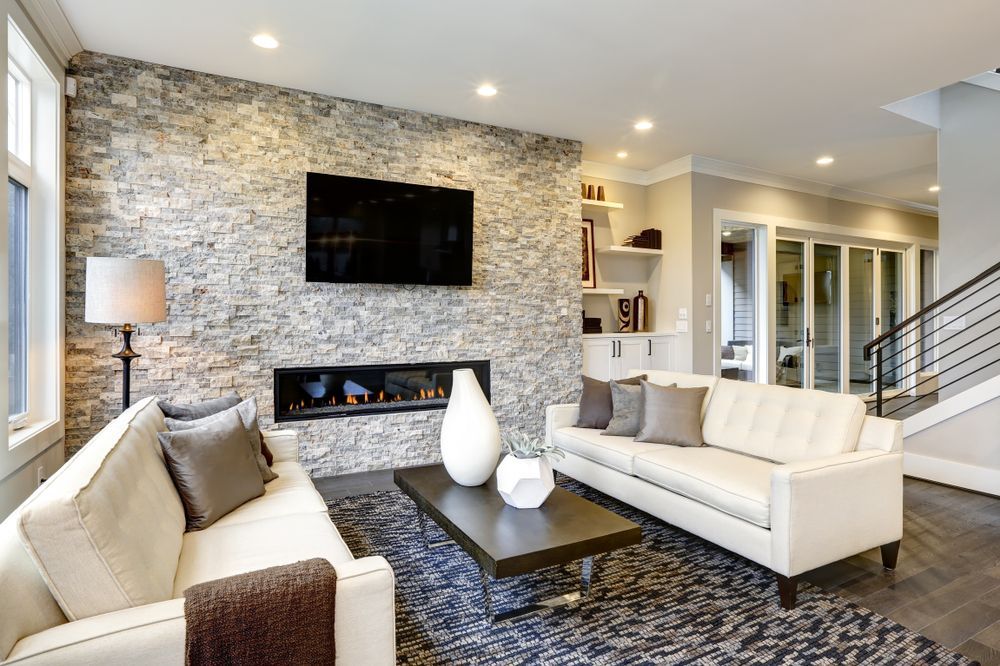
Residential interior design is different from residential interior decorating . Design is more about architecture than decorating is. Still, architecture’s boundaries tend to bleed into design’s territory and design, in turn, tends to bleed into decor.
Below, we’ll talk about three pillars of residential interior design. With luck, this article will help you daydream about your new house constructively and avoid some confusion when you talk with your builder.
Getting Started with Residential Interior Design
There are as many approaches to residential interior design as there are spaces to design. Sometimes, people talk about it in terms of “harmony” between rooms or the “rhythm” of a house. If those terms work for you, great, but they’re a little abstract, aren’t they?
- Layout : After all, what house are we building? The bedrock of all interior design is layout . In theory, a designer considers the requirements of architecture as they help you decide what layout you want and then the architect draws up the plans for it. In practice, the boundaries between these jobs get blurred and there’s nothing wrong with just using an architect with a good eye.
- Temperature : Once we have a layout, we can plan what kinds of heating and air conditioning will work best, where the vents should be, and all of that. Also, when it comes to insulation, it’s always helpful to know the layout of the building you’re insulating.
- Lighting / Colors : Now we begin moving toward the blurry lines between architect and designer. If you’re lucky, your home-building company is also an interior painting company , so they can help select the best lights for the interior colors you want and vice-versa.
An Overview of Interior Design and Decorating Styles
Planning and installing appliances can also fall within the bounds of residential interior design. How big of an oven you want, for example, will of course determine the configurations of the counters around it.
But now interior design begins bleeding into interior decorating. Fireplaces, countertops, flooring materials–the more inside the house that construction moves, the more important it is to coordinate your choices with your vision of the eventual decor.
Now You Know the Interior Design Basics
Take some time to ogle pictures of layouts online. Your builder can also probably show you some example layouts. Each layout lends itself to its own lighting and painting configurations.
Now that you know layout is where to start and some of the considerations that will have to be taken into account along the way, maybe your first conversation with your builder will be a smoother one and lead to less confusion.
Have fun!
